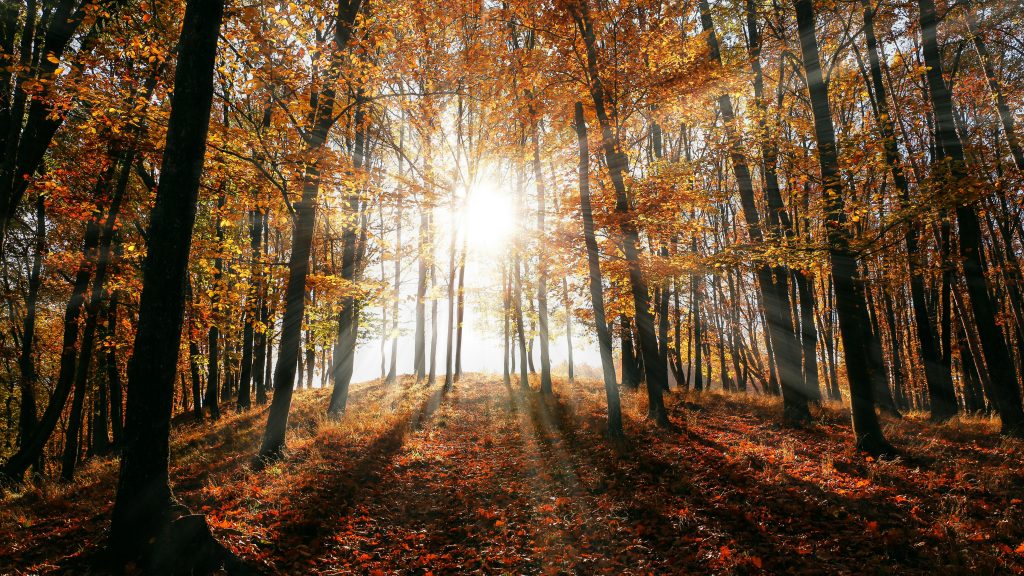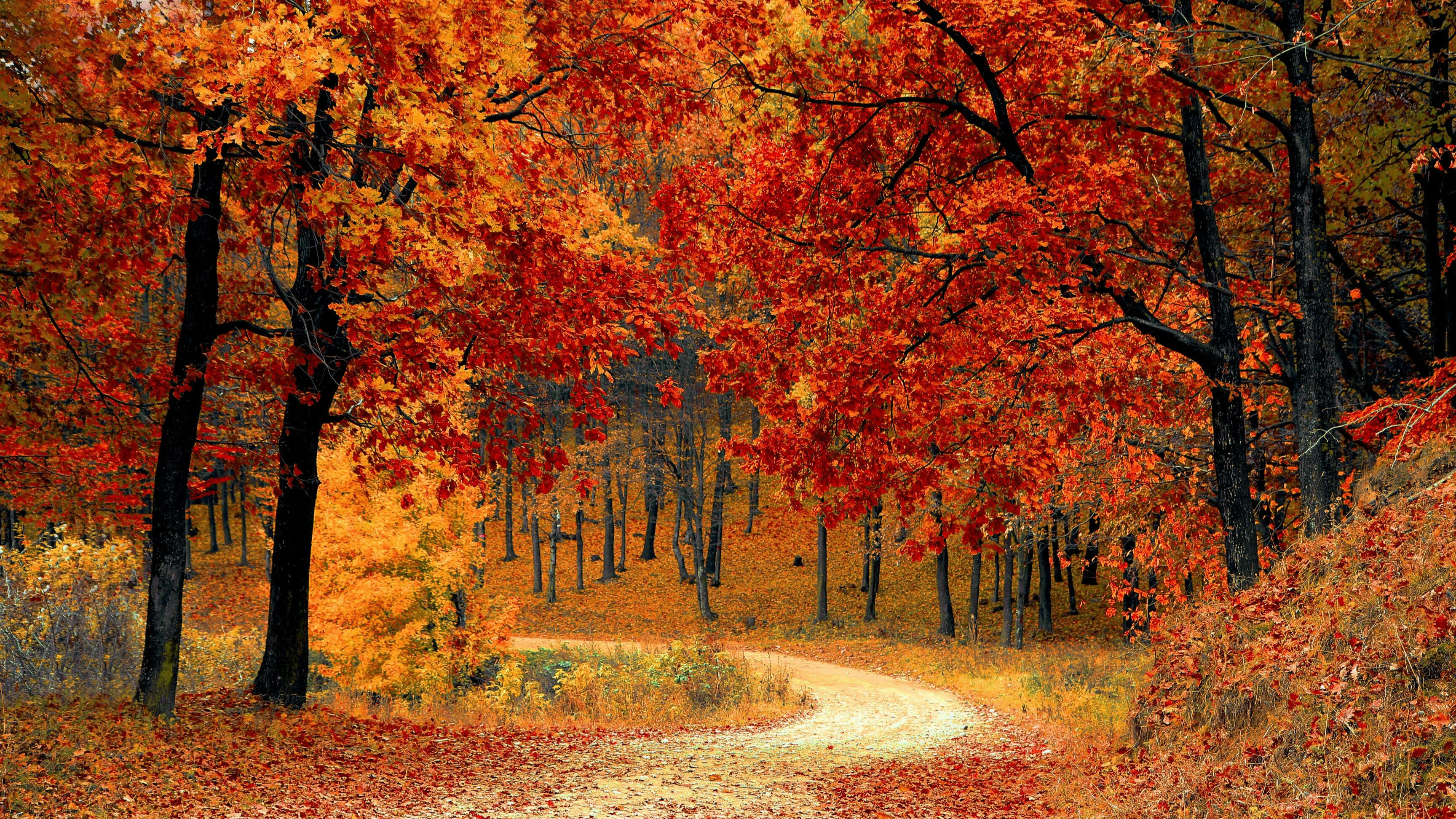MADISON, Wis. (CIVIC MEDIA) – Understanding the changes that occur in trees and shrubs during autumn, giving them that vibrant blast of color.
There are three major things that influence the autumn leaf color.
- leaf pigments
- length of night
- weather
The timing of color changes and the onset of falling leaves is mainly controlled by the calendar, simply as nights become longer. Biochemical processes in the leaf begin to paint the landscape with Nature’s autumn palette.

Pigments are needed, and there are three types that are involved:
- Carotenoids: Produces yellow, orange, and brown colors, just like in corn and carrots.
- Anthocyanin: Gives color to things like cranberries and blueberries, it’s water soluble and appears in the watery liquid of leaf cells.
- Chlorophyll: Gives leaves a basic green color. It is necessary for photosynthesis, which is the chemical reaction that enables plants to use the sunlight to make sugars for food.
Both chlorophyll and carotenoids are located in the chloroplasts of leaf cells throughout the growing season. Most anthocyanins are produced in the autumn, in response to bright light and excess plant sugars within leaf cells.
During the warm summer months, chlorophyll is continually being produced and broken down and leaves appear green. As night’s get longer and cooler, chlorophyll production slows down and then stops. Eventually all the chlorophyll is destroyed. The carotenoids and anthocyanin that are present in the leaf are then unmasked and show their colors.
Certain colors appear on specific trees:
- Oaks: red, brown, or russet
- Hickories: golden bronze
- Aspen and yellow-poplar: golden yellow
- Dogwood: purplish red
- Beech: light tan
- Sourwood and black tupelo: crimson
The color of maples leaves differ species by species:
- Red maple: brilliant scarlet
- Sugar maple: orange-red
- Black maple: glowing yellow
- Striped maple: almost colorless
As the veins that carry fluids into and out of the leaf gradually close off as a layer of cells forms at the base of each leaf. These clogged veins trap sugars inside and promote production of anthocyanin. Once this separation layer is complete and the connecting tissues are sealed off, the leaf is ready to fall.

The amount and brilliance of the colors that develop in any Fall season are related to the weather, both before and during the time the chlorophyll in the leaves is dwindling. Temperature and moisture are the main influences.
Many warm, sunny days alongside cool, crisp (but not freezing) nights brings the most vibrant fall foliage. During these days, lots of sugars are produced in the leaf but the cool nights and the gradual closing of veins, prevent these sugars from moving out. These conditions spur the brilliant anthocyanin pigments, which tint reds, purples, and crimson. Because carotenoids are always present in leaves, the yellow and gold colors remain fairly constant from year to year.

The amount of moisture in the soil also affects autumn colors. Like the weather, soil moisture varies greatly from year to year. The countless combinations of these two highly variable factors assure that no two autumns can be exactly alike.
A late spring, or a severe summer drought, can delay the onset of fall color by a few weeks.
A warm period during fall will also lower the intensity of autumn colors.
A warm wet spring, favorable summer weather, and warm sunny fall days with cool nights should produce the most brilliant autumn colors.
There are also differences of when the colors flip dependent on the proximity to a water body. The Great Lakes, river valleys and even larger inland lakes control this. As the water takes longer to cool down, it keeps those trees nearby greener, longer. Simply due to the warm water.

Stems, twigs, and buds are equipped to survive extreme cold so that they can reawaken when spring returns. Tender leaf tissues, however, would freeze in winter, so plants must either toughen up and protect their leaves or dispose of them.
- Evergreens: pines, spruces, cedars, firs, and so on are able to survive winter because they have toughened up. Their needle-like or scale-like foliage is covered with a heavy wax coating and the fluid inside their cells contains substances that resist freezing. Thus the foliage of evergreens can safely withstand all but the severest winter conditions, such as those in the Arctic. Evergreen needles survive for some years but eventually fall because of old age.
If you want to see where the colors are popping now, this is a great tool to plan your weekend getaways to peep some leaves.
Tommy Thompson says he hopes to push Trump, GOP toward unity
9/19/2024 | Andrew Bahl/The Capital Times
Former Gov. Tommy Thompson said Wednesday he hopes to use his
support for former President Donald Trump to push Republicans to find
unity and work with DemocratsDoris Kearns Goodwin speaks in Madison, recalls life
9/19/2024 | Erin McGroarty / The Capital Times
Historian and author Doris Kearns Goodwin spoke at the University of Wisconsin-Madison on Wednesday night during the eighth annual Cap Times Idea Fest.
AARP Wisconsin Poll Shows Importance of 50+ Voters
9/19/2024 | Jo Ann Krulatz
A new AARP Wisconsin presidential poll again shows the importance of voters age 50 and older. Jeff Liszt (list) is a pollster, and partner at Impact Research. There are trends both state wide and among older voters since there has been a change in the Democratic ticket. Liszt says there are also differences in demographics. […]
Milwaukee Teamsters Back Harris Despite National Union’s Neutrality
9/19/2024 | Stuart J. Wattles
The president of Joint Council 39 called Harris the vice president “of the most pro-union administration ever”.
Veteran-Run Nonprofit Seeks Community Support to Keep Food Pantry Open
9/19/2024 | Stuart J. Wattles
The Milwaukee Homeless Veterans Initiative is facing a critical shortage

